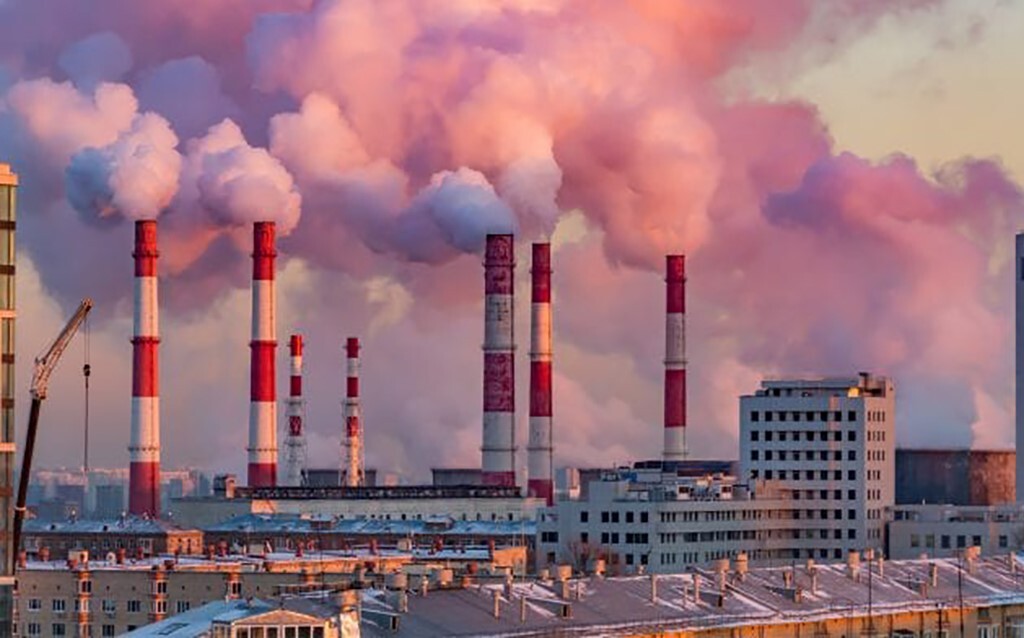

Globally, industrial emissions are a major contributor to air pollution, and Asia is no exception, negatively impacting both the environment and public health. China and India are the region's leading contributors to industrial emissions and are also ranked among the world's top polluting nations. These emissions release various harmful pollutants into the atmosphere, including carbon dioxide (CO2), sulphur dioxide (SO2), nitrogen oxides (NOx), and particulate matter (PM). According to the World Health Organization (2023), air pollution is responsible for over 6.5 million deaths globally each year and is linked to a range of serious issues such as chronic diseases, impaired cognitive function, reduced visibility, acid rain, and climate change.

Aluminium is a crucial material for many technologies critical to the energy transition, yet it remains a significant source of CO2 emissions. Aluminium is vital in solar panels, wind turbines, and electric vehicles, valued for its lightweight strength and durability. Its properties make it essential for advancing renewable energy technologies and sustainable transportation solutions. In 2022, aluminium production accounted for nearly 270 Mt of direct CO2 emissions, representing about 3% of global industrial CO2 emissions.1 Over the past decade, the global average emissions intensity of aluminium production has decreased at a modest rate of nearly 2% annually.
However, to align with the Net Zero Emissions by 2050 (NZE) Scenario, this rate of decline must accelerate to almost 4% per year by 2030. Achieving this goal will require the aluminium sector to develop and implement near-zero emission technologies for alumina refining and primary and recycled aluminium production. Additionally, the industry and its customers must prioritise increased scrap collection, sorting, and recycling to achieve the necessary deep emissions reductions.
Effective air quality monitoring is essential to mitigate the harmful impacts of air pollution on human health and the environment. Given pollution sources' complexity and dynamic nature, traditional methods often fail to provide accurate assessments. This is where Continuous Emission Monitoring Systems (CEMS) present a viable solution. CEMS allows for real-time, automated, and highly precise monitoring of industrial emissions, offering timely detection of irregularities and deviations from regulatory standards. By delivering accurate data on pollutant concentrations, CEMS can precisely identify pollution sources, especially those linked to fossil fuel combustion and industrial processes, both major contributors to climate change. Countries like the United States, the European Union, Germany, the United Kingdom, China, and India are increasingly adopting CEMS to combat air pollution and ensure compliance with environmental regulations.
Globalisation and industrialisation have led to a rise in the number and diversity of industrial emission sources, complicating monitoring them individually and physically. Consequently, virtual monitoring has become essential. This approach involves using devices like Continuous Emission Monitoring Systems (CEMS) to measure pollution from sources in real-time. Virtual monitoring is crucial for environmental regulation and management across various countries, as it verifies and enforces emission standards and limits.
The global adoption of Continuous Emissions Monitoring Systems (CEMS) has gained momentum due to the urgent need for effective emissions control. Developed regions such as the USA and the European Union were early pioneers, leveraging CEMS to enforce stringent emission standards. Recently, China, one of the world’s largest greenhouse gas (GHG) emitters, has made significant strides in promoting CEMS to curb industrial emissions. As a result, the global CEMS market is witnessing robust growth, driven by stricter environmental regulations, heightened environmental protection awareness, and the expansion of key industries like power generation, aluminium, oil, gas, chemicals, etc.
In India, the adoption of CEMS is also on the rise, with the government and regulatory bodies taking proactive measures to combat air pollution. Initiatives like the National Clean Air Programme (NCAP) is driving the demand for CEMS in the country. Over 30,000 CEMS are installed in Indian industries, including aluminium smelters, focusing on pollutants such as dust, SO2, NOx, etc. This trend indicates a growing commitment to meeting emissions standards and reducing environmental pollution. However, challenges persist in ensuring that all industries share their real-time emissions data, emphasising the need for broader compliance.
The pollution monitoring market is experiencing rapid growth, driven by stringent environmental regulations. Leading companies in this space include ABB Ltd., AMETEK, Inc., Fives, Emerson Electric Co., Thermo Fisher Scientific Inc., and Horiba Ltd. Government initiatives such as the National Clean Air Programme (NCAP), which aims to reduce air pollution by 20% to 30% by 2024, are fuelling this expansion. The market, valued at approximately a billion dollars or more, primarily monitors key pollutants such as dust, SO2, NOx, and other harmful emissions.



Responses






